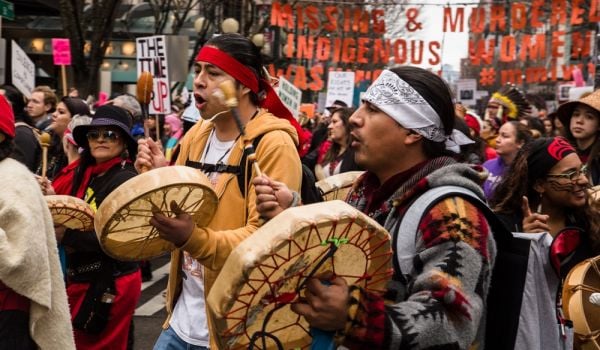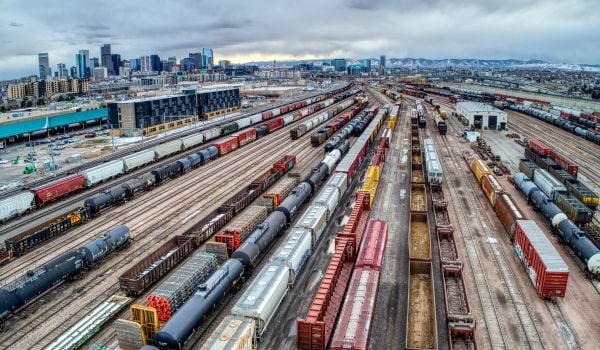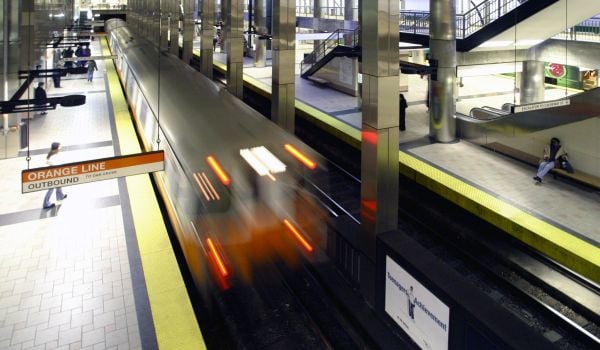The Amtrak derailment in DuPont, Washington, this week was a tragic outcome for the maiden voyage of a brand-new route designed to speed up the ride between Seattle and Portland. Three people were killed and dozens were injured when the train, reportedly going 80 miles per hour on a curve with a 30 mile-per-hour speed limit, careened off the track and onto busy I-5 during morning rush hour.
While the loss of life and injury are the primary tragedy, there is a secondary casualty: improving rail service along the 300-mile Cascades corridor, which runs from Vancouver, B.C., south through Seattle and down to Portland, eventually reaching college-town Eugene. Late last month, Washington Governor Jay Inslee declared himself “bullish” on eventual high-speed rail between Seattle and Vancouver, but the catastrophe this week is a potential setback for visions of zipping through Cascadia by train.
The new route showcased on Monday’s inaugural run was financed by federal high-speed rail funding, but it wasn’t technically high-speed rail, simply 14.5 miles of new and upgraded track that was meant to shave 20 minutes off the three-hour, 40-minute Seattle-Portland run. And that’s partially the problem, say rail advocates, who argue that true high-speed rail must be designed from the ground up.
This week’s derailment took place along the Point Defiance Bypass, which was inaugurated with a ribbon cutting just last week on Dec. 15. The seven-year, $181.2-million project by the Washington State Department of Transportation used Obama-era stimulus funds to reroute passenger trains off a scenic but busy stretch of Puget Sound waterfront, where up to 50 freight trains a day clog the tracks and wreak havoc with Amtrak schedules.
While some lamented the lost view on its final run last week, the extra speed allowed Amtrak to add two extra round trips per day. That and building a new station in Tacoma were big steps forward to making Northwest intercity train travel as much of a no-brainer as it is in the Northeast.
The federal investment in Washington’s new track came under the auspices of the $8 billion High Speed Intercity Passenger Rail Program that the Obama administration folded into the massive stimulus bill during the Great Recession. The seed money was expected to incubate high-speed rail projects in the U.S. In 2009, advocates began calling for true high-speed rail — at least 110 miles per hour — that would shorten trips between the region’s major cities to as little as 75 minutes. That would be a vast improvement over multi-hour car and bus trips that are becoming slower and slower as the region booms.
The new alignment for the Amtrak Cascades line, which was designed to allow the route’s Spanish-built Talgo trains to travel as fast as 79 mph (well below the 200+ mphr they can zoom if the track can handle it), was still a far cry from high-speed rail, and for true believers, that was a problem from the start.
“No matter if it’s new or old, the design and planning of a corridor needs to meet the standards of high-speed rail,” Brad Perkins, CEO of Cascadia High-Speed Rail, told Next City. “[The derailment] is further evidence you cannot run fast trains on a freight rail track.” (The Point Defiance Bypass included some upgraded freight track as well as new track.)
Perkins believes that brand-new track owned outright by passenger rail operators is the only way to achieve high-speed rail. His group estimates a cost of $15 billion for the Portland-Seattle route and another $12 billion for the Seattle-Vancouver route. These hypothetical new tracks would allow trains to reach speeds of at least 110 miles per hour.
Last year at the Cascadia Innovation Corridor Conference, local officials in the Seattle and Vancouver areas floated the idea of a cross-border “ultra” high-speed train running up to 250 miles per hour. On the Washington side, Inslee allocated $300,000 for a feasibility study and Microsoft, which has a new office in Vancouver, chipped in $50,000. (Construction trade unions threw in another $10,000.)
That feasibility study came out earlier this month and pegged the cost of just the Seattle-Vancouver line at $24 billion to $48 billion, numbers which one consultant who worked on the study called “astronomical.” Undeterred, just last week Inslee asked the state legislature to approve $3.6 million for a follow-up business case analysis. That was before this week’s derailment. A spokesperson for Inslee told Next City, “Tying this incident to other high-speed rail efforts at this time would be premature.”
In the wake of the tragedy, which killed two local rail fans, Perkins hopes the renewed attention brought by the accident will focus future energy. “It bodes well for high-speed rail and how we need to get our technology and our corridors designed to the standards they should be designed to,” he said. “It’s a good example of when you misname something and go for speeds beyond what it’s built for.”
EDITOR’S NOTE: This article originally gave the wrong name for the bypass where the derailment took place. We’ve corrected the error.

Gregory Scruggs is a Seattle-based independent journalist who writes about solutions for cities. He has covered major international forums on urbanization, climate change, and sustainable development where he has interviewed dozens of mayors and high-ranking officials in order to tell powerful stories about humanity’s urban future. He has reported at street level from more than two dozen countries on solutions to hot-button issues facing cities, from housing to transportation to civic engagement to social equity. In 2017, he won a United Nations Correspondents Association award for his coverage of global urbanization and the UN’s Habitat III summit on the future of cities. He is a member of the American Institute of Certified Planners.
















